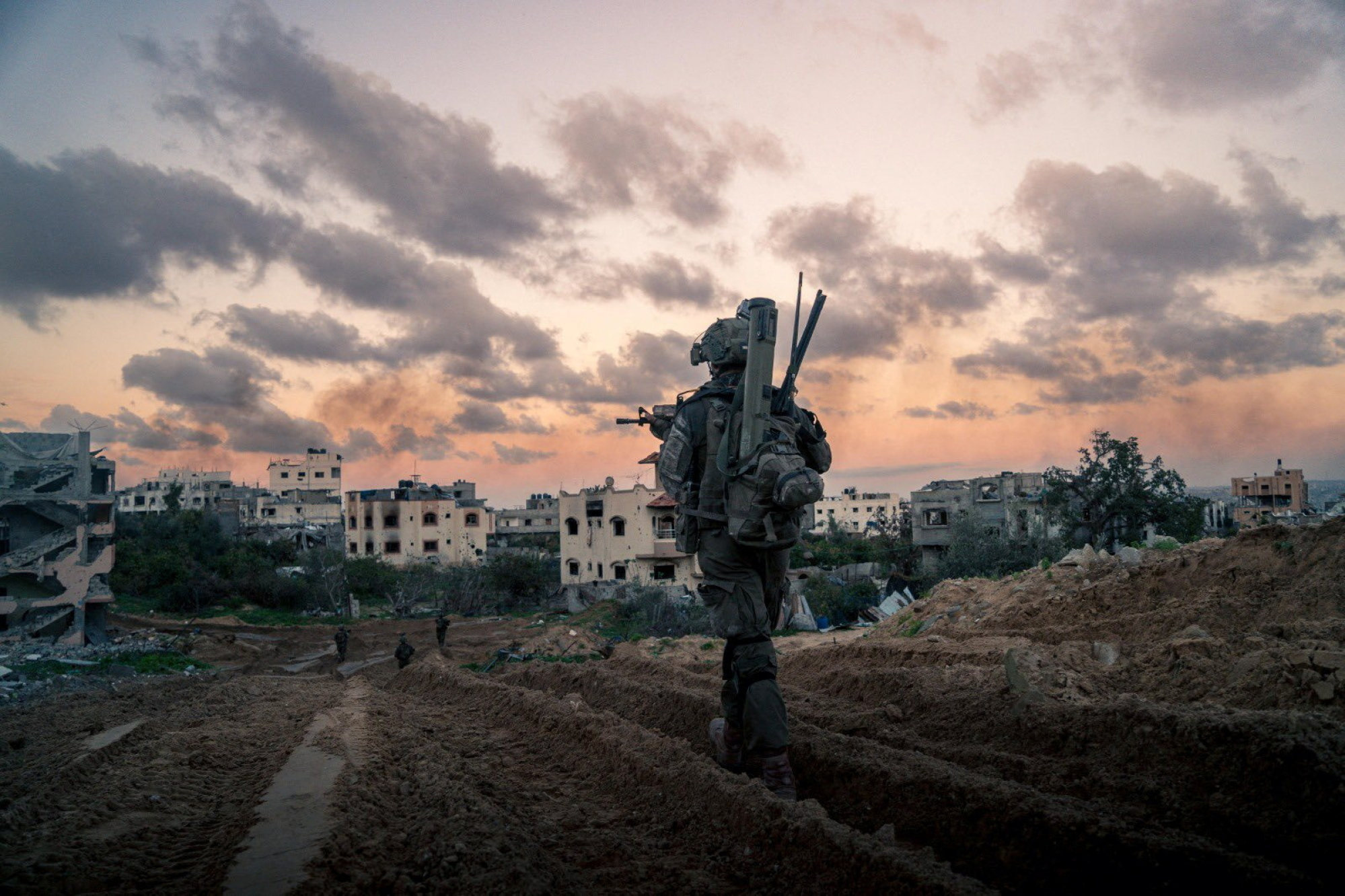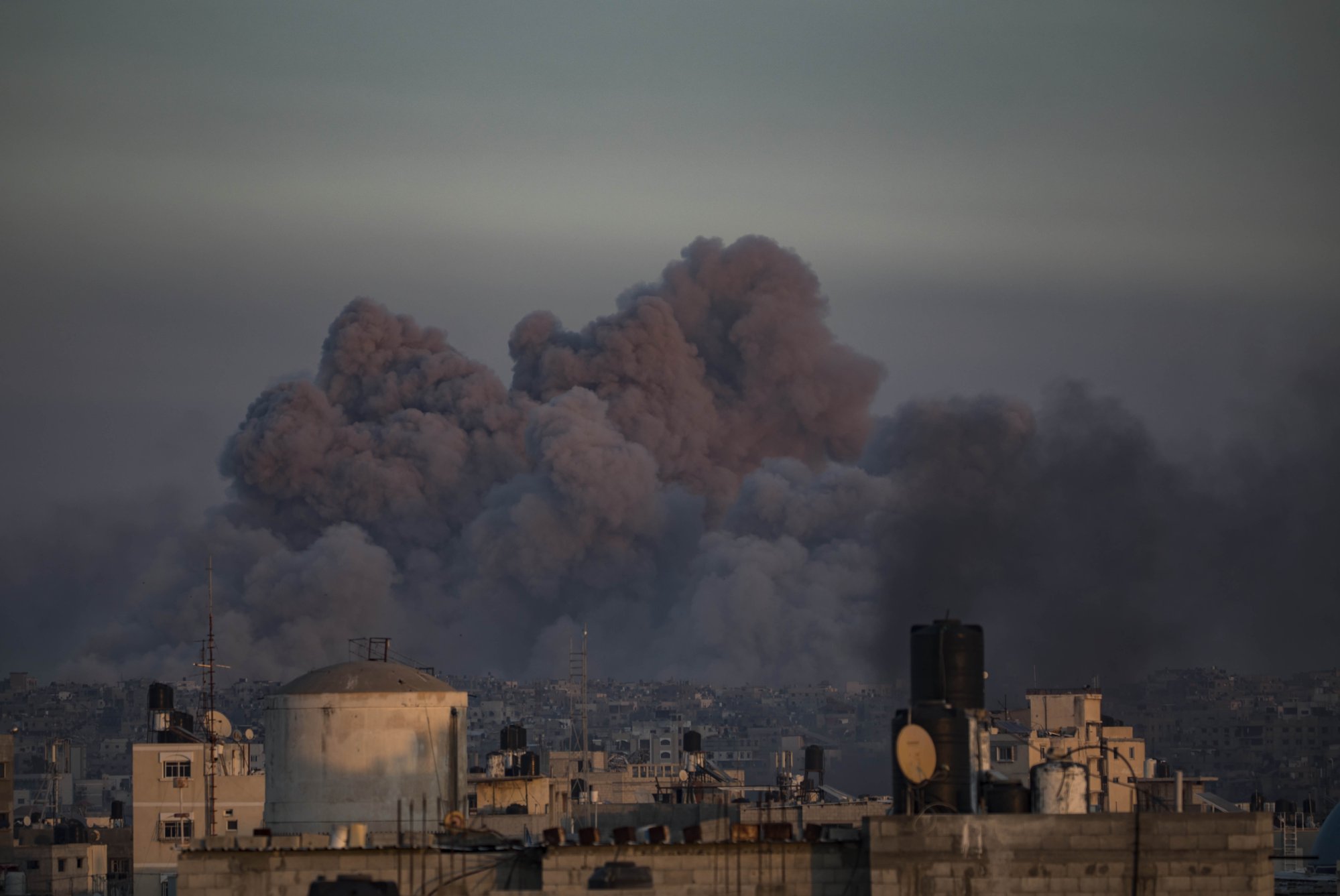Medicine for Israeli hostages, civilians bound for Gaza after night of deadly strikes
In a statement to the official Qatar News Agency (QNA), Doha on Tuesday announced a deal “between Israel and (Hamas), where medicine along with other humanitarian aid is to be delivered to civilians in Gaza … in exchange for delivering medication needed for Israeli captives in Gaza”.

Qatari foreign ministry spokesman Majid Al-Ansari told QNA the medicine and aid would leave Doha on Wednesday for the Egyptian city of El-Arish before being transported to the Gaza Strip.
Israeli Prime Minister Benjamin Netanyahu’s office confirmed the deal.
Forty-five hostages are expected to receive medication under the agreement, according to the French presidency.
After the drugs arrive at a hospital in the southern Gaza border town of Rafah on Wednesday, it said, they will be received by the International Committee of the Red Cross, divided into batches and immediately transferred to the hostages.
Hamas released dozens of hostages in exchange for Palestinian prisoners held by Israel during a November ceasefire mediated by Qatar, which hosts the group’s political office.
US National Security Council spokesman John Kirby said Tuesday he was “hopeful” that Qatar-brokered talks could lead to another such deal “soon”.
The war in Gaza began with Hamas’s unprecedented October attack that resulted in about 1,140 deaths in Israel, mostly civilians, according to an Agence France-Presse tally based on official Israeli figures.
At least 24,285 Palestinians, about 70 per cent of them women and children, have been killed in Gaza in Israeli bombardments and ground operations since, according to the territory’s health ministry.

The ministry reported early Wednesday that another 81 people were killed in overnight strikes, including in the main southern city of Khan Yunis.
The United Nations says the war has displaced roughly 85 per cent of Gaza’s 2.4 million people, many of whom have been forced to crowd into shelters and struggle to get food, water, fuel and medical care.
Just before midnight on Tuesday, witnesses reported strikes on the Nasser hospital in Khan Yunis, sparking panic among the hundreds of displaced people seeking shelter there.
In Gaza, Hamas fights with weapons built by Iran, China, Russia and North Korea
Earlier in the day, residents of the city sifted through the rubble from strikes as trucks and carts stacked high with displaced families’ possessions rolled down the street.
“You can see the destruction. This room was inhabited by people, this one was inhabited by 20 children, women and men, and the same thing goes for the neighbouring houses in the whole camp,” resident Mohamad Ramadan said, gesturing at a destroyed home where he said several people had been killed.
“These men can still find some of their body parts, nothing but remains torn apart,” he added.

In Tel Aviv, anti-war protesters scuffled with police on Tuesday night, as some held up signs reading “End the siege” and “Stop the genocide”.
“The occupation leads to bloodshed, and it continues incessantly. The children growing up now in Gaza are the ones who will confront us in a few years,” protester Chava Lerman said.
“Civilians are getting killed by the Israeli bombings,” said fellow protester Michal Sapri. “It leads to nothing. Our hostages are still there. We’re not going to release them (through) more military power.”
Hamas airs video purporting to show 2 Israeli hostages killed in captivity
The Israeli public has kept up intense pressure on Netanyahu’s government to secure the return of the hostages, with officials repeatedly insisting military pressure is necessary to bring about any kind of deal.
On Tuesday, an Israeli kibbutz confirmed that two hostages whose deaths were announced by Hamas in a video had been killed in Gaza.
Meanwhile, fears of an all-out war across the Middle East have continued to mount, with violence involving regional allies of Iran-backed Hamas – considered a terrorist group by the United States and the European Union – surging since the war began.
The US military said it carried out fresh strikes in Yemen on Tuesday after the country’s Houthi rebels claimed another missile attack on a cargo ship in the Red Sea.
It came just days after the United States and Britain bombed scores of targets inside Houthi-controlled Yemen in response to attacks by the rebels, who say they are targeting Israeli-linked shipping in the Red Sea in solidarity with Gaza.
Also on Tuesday, Israel’s army hit Hezbollah targets inside Lebanon, with a security source saying the strikes were “the most intense” on a single area since the Hamas-aligned militants first began exchanging cross-border fire with Israel after the start of the war in Gaza.
“We are already in a regional war … even though it’s still at a low simmer,” said Ali Vaez, director of the Iran Project at the International Crisis Group.
Additional reporting by Reuters